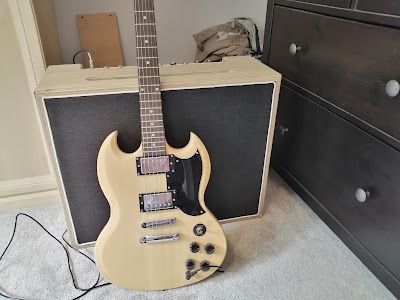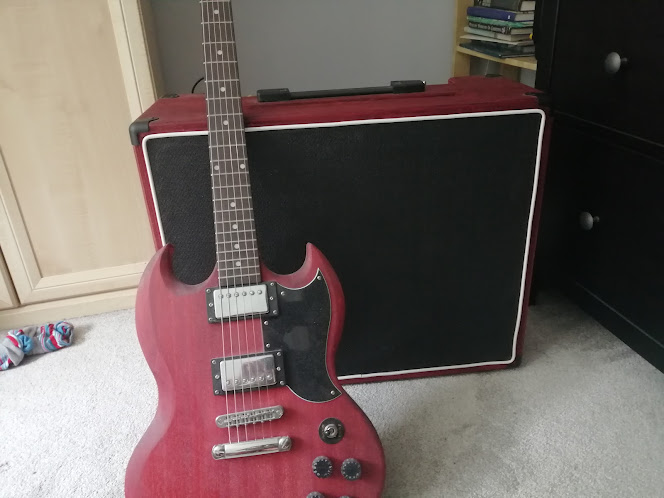Installing Linux onto an Imac G4 32bit Sunflower.
So I replaced the fan, which was noisy with a much quieter one. It actually fitted in perfectly. I will also remove the old disk drive for an SSD card and then I will add a bit more memory. The hardest part was removing the Cdrom, but with a bit of gentle easing I was able to get out. Strangely the G4 can only take a maximum of 2 gigabyte maximum. I plan to have the unit running on a 32 bit Linux operating system that is still 32 bit supported. Not many os's do that tho. The search continues...
Finally after trying Fienix, Slackware, Debian I set on Lubuntu Remix updated & reworked by Wiknix.
You have to reset the /etc/apt /resources.list in order to get updates here.
I started using the advised Arctic Fox browser, which worked fine but I could get no sound even tho I was able to play music files. I tried various other browsers. Spiderweb and Firefox but still unable to get sound via the internet. So the other linux supported choices are: Netbsd, Void or Adelie.
https://forums.macrumors.com/threads/lubuntu-16-04-remix-updated.2204742/


















































